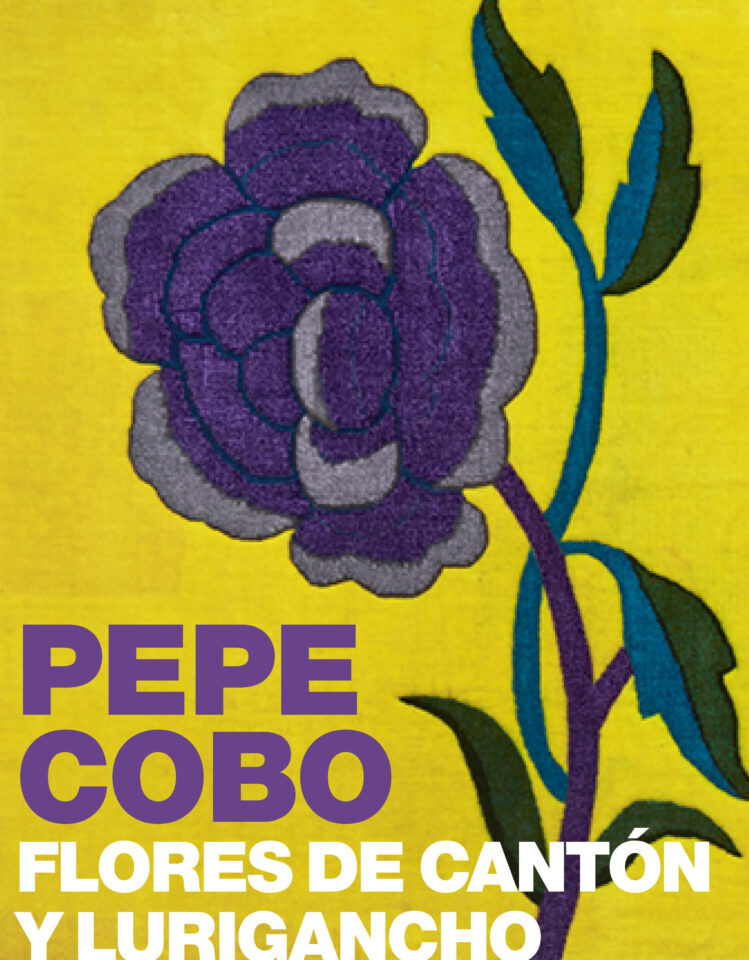The Galeria Miguel Marcos stars the 2023 – 24 season with the exhibition: Flores de Cantón y Lurigancho, dedicated to Pepe Cobo, a well-known gallery owner who had in Sevilla, Madrid and also in Lima, Perú, art galleries.
Pepe Cobo presents a singular project in Barcelona. By tradition, it founds a clear commitment to a conceptual discourse.
Works exhibited are made by drawings and embroideries of “Mantones de Manila” (Manila Shawls), from China. In pre-Columbian cultures, textile pieces were considered a symbol of wealth and prestige. They have a special meaning, and they were used in a wide variety of contexts. From elements already mentioned – Manila Shawl – ceramic pieces, etc. are also added, so that together provide the exhibition with a strong artistic discourse, it is intended, claiming for textiles and ceramics as a great art.
In 1565 King Felipe II set up a trade route called the Manila Route, linking this city with Sevilla and stopping at Acapulco and Veracruz. This used to happen three times a year, the time the crossing lasted inside the ships objects regarded as exotic were carried such as spices, furniture pieces, fabrics. All of them were highly valued and were bought by individuals with a highly spending power in the ports were the commodities landed.
One of these ports was Acapulco. These treasures were paid with money coming from Peru and Mexico Viceroyships thus spurring the growth of local merchants who trafficked with them.
“El Mantón de Manila” (embroidered silk shawl) was one of those objects that reached significance and importance due to its slender, refined, delicate and aristocratic beauty that slowly impregnated popular culture. Some examples of this influence can be found in fabrics, pillows, skirts, suits tailored with humble materials. Its presence was really huge in the past as popular clothing and garments for instance in Las Tapadas (veiled women) in Peru during XVIII and XIX centuries.
This exhibition stems from the discovery of a set of iconographic elements represented in clothes, objects and paintings of different use with which Pepe Cobo tries to offer a new perspective on the mixing of cultures. Besides, he wanted the objects to have a life of its own. This is how some fragments from genuine Mantones de Manila, selectively manipulated, are handed to some prisoners at Lurigancho Jail in Lima who craft thread by thread, and day by day, the finishing process of these tapestries. This art becomes a liberating factor whilst the inmates working redeem part of their sentence. Likewise and due to its therapeutic effect and the loftiness of the accomplished task, those who lack freedom have somehow access to the light by means of a creative activity.







